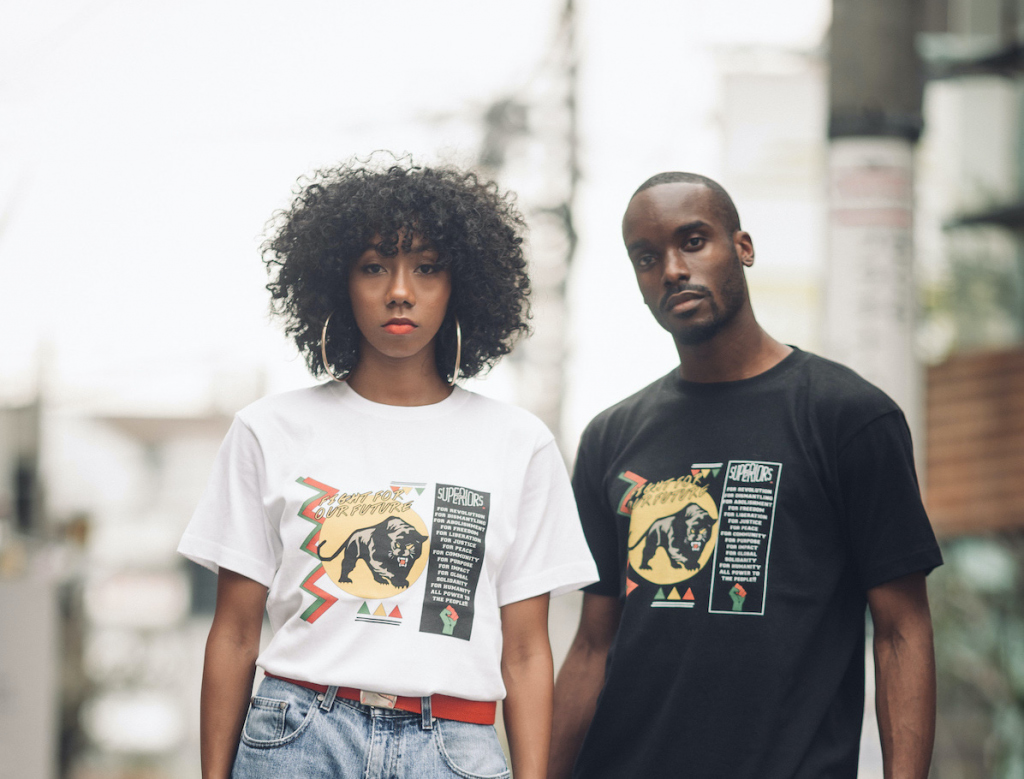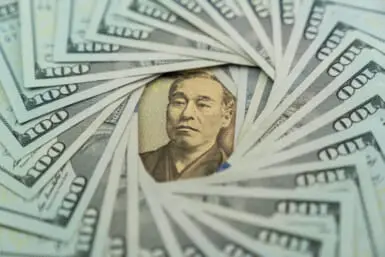Tokyo — a collision of neon futurism, traditional roots and enigmatic citizens. A powerful melting pot of ancient rituals and pioneering designers with no regards to universal fashion trends. In the early ‘80s the big three – Rei Kawakubo, Yohji Yamamoto and Issey Miyake – helped Tokyo become a center of youth culture and fashion, defining the judgment on wearability or practicality.
The modern fashion market is moving at an astonishing pace, and fashion hubs like London and New York are flourishing with promising talents from across all backgrounds. A new collection of foreign fashion entrepreneurs have chosen Tokyo as their center for creative expression, where the duality of culture offers opportunities for innovation, as well as walls to inclusion. Breaking through the noise of the industry, there is a burgeoning scene of bright minds offering fresh perspectives to Tokyo’s always-evolving fashion scene.
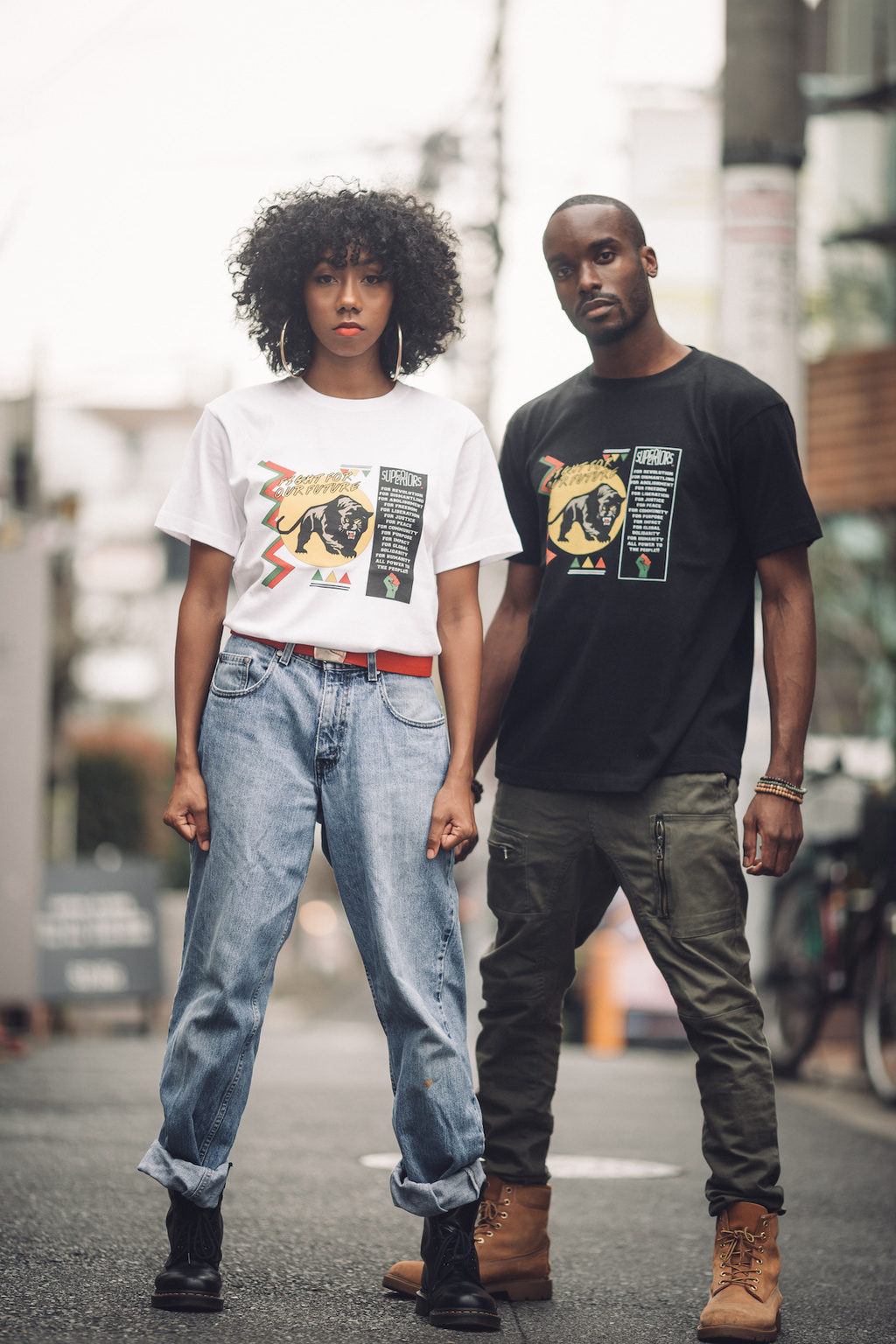
Photo by Serah Alabi
The Yin and the Yang
“I never lived in a city before, so to be able to live in this cybernetic, futuristic, historical city where fashion dwellers and creators exist in harmony, was an invigorating step for me,” says Miles Davis, a 26-year-old fashion entrepreneur from Baltimore. “I especially wanted to move to Tokyo to be immersed in a world of fashion, to see various styles and trends, and how they are activated by this intense city.”
In the months before the pandemic hit the global fashion industry, Davis showcased his clothing line, The Superiors, at Tokyo LoveHotel, a creative network event connecting international creators. “People who never met me before showed up and spoke light into the journey,” says Davis.
“There are many challenges entering the Japanese fashion scene”
While more numbers of international creatives working in Tokyo have increased, the difficulty of tapping into the Japanese fashion formula has not decreased. “There are many challenges entering the Japanese fashion scene,” says Davis. “From language barriers, to connecting with shop owners and other brand designers, to garnering the customer base from Japanese youth, which I find the most challenging.”
Room to Grow
Bunka Gakuen University, the most prestigious fashion college in the country – ranked by some as one of the best fashion schools in the world – enrolls approximately a quarter of international students yearly. “Most students come from China and Korea, but the international student body is quite diverse,” says Saskia Thoelen, assistant professor of the GFC Master‘s course at Bunka Gakuen University.
Thoelen mentions the challenges international students face when entering the Japanese fashion industry. One of them is the lack of understanding Japanese. Leslie Arango, a recent graduate from Bunka says, “Finding a full-time job as a fashion designer in post-corona Japan is especially hard for a foreigner. Most established fashion studios require personnel with at least a JLPT N2 proficiency level.”
Japanese Fashion Market by the Numbers
For international fashion creatives, Japan is a tantalizingly big market with unexplored opportunities to provide avenues for growth and investments. “There are a small number of foreign designers who fall in love with Japanese textiles and whose activities are based in Japan. For example, Edwina Hoerl, who used to be a member of Yohji Yamamoto,” says Kumiko Takano, editor-in-chief of Parco’s fashion and culture magazine Across.
The purchasing power of the small island country is astonglishly high and the demand for fashion is growing each year. Takano says that Japanese manufacturers are currently enamored with Japanese fast fashion. Fast fashion retailer GU, which is owned by the same parent company as Uniqlo, achieved an operating profit in nine months of about $242 million.
“It is important to be aware that building a streetwear brand in Tokyo means you are among hundreds of other brands such as yours.”
In the global revenue ranking in the fashion industry, Japan ranks at 4 and is expected to show an annual growth rate of 4.1%, resulting in a projected market volume of $29 billion by 2025. Still, this market can seem unattainable to foreign fashion entrepreneurs.
According to Business of Fashion (BOF), Japanese companies’ tendency to promote from within hinders foreigners from breaking into the industry. “Connections and deals are still done the old traditional way, for example exchanging business cards. A successful market is not built on money, but on trust,” says Arango.
The Future of Foreign influences in Japanese Fashion
In the age of sharing, Tokyo creatives embrace collaborations with guest designers and creators. This year, Nigo, the Japanese streetwear pioneer and founder of Human Made, released his second collaboration with Louis Vuitton menswear artistic director Virgil Abloh.
“Two cultures coming together to create a capsule collection of shoes, and accessories – that in itself is unique,” says Seiko Mbako, fashion stylist and co-founder of Awa’Tori, which is focused on developing a fashion exchange between Japan and an African country.
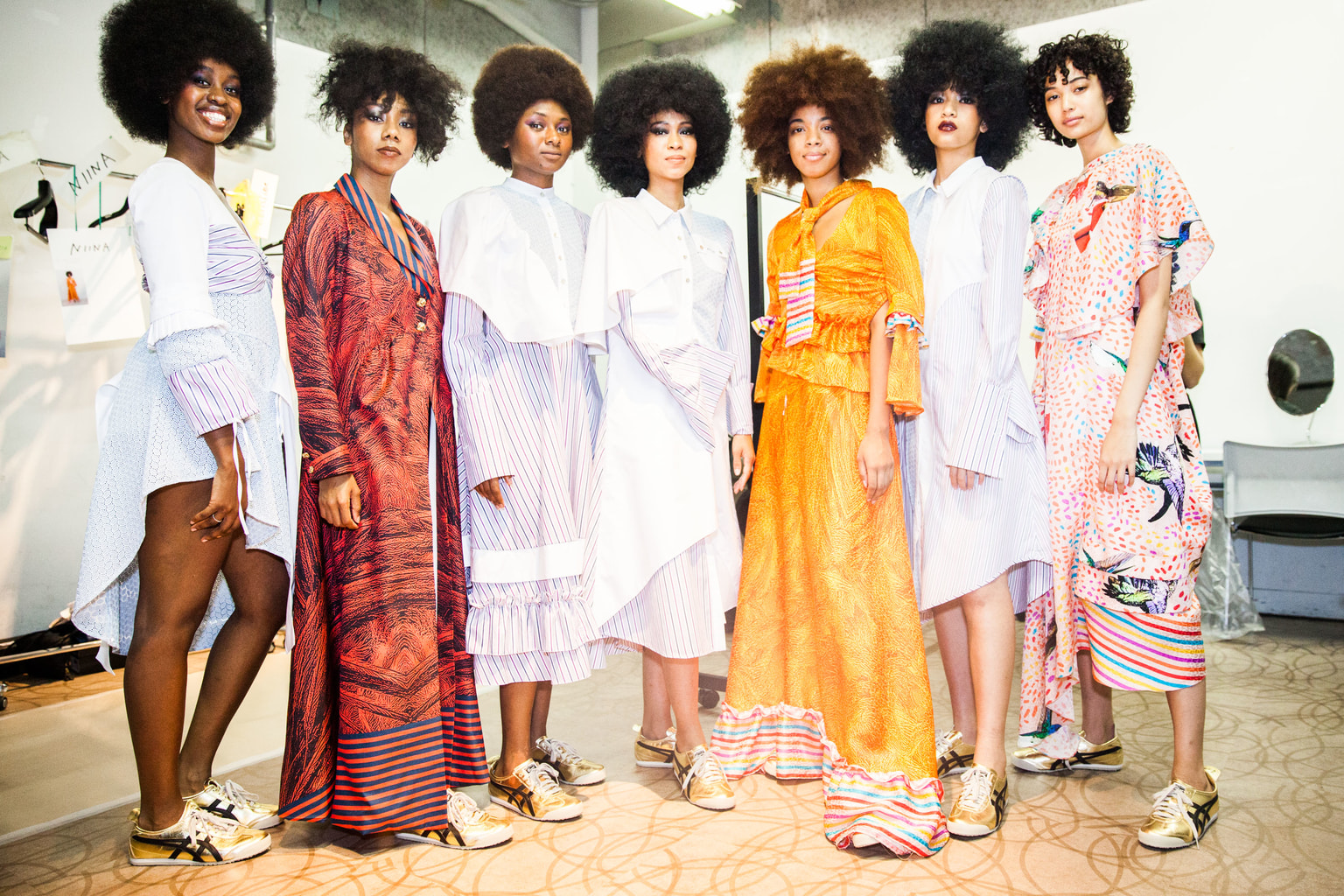
Awa’Tori. Photo by @Jusvungram
For starry-eyed international students who have their sights set on high-fashion in Japan, platforms like Awa’Tori are bringing a more diverse landscape to the industry and are opening the borders to a cultural exchange. “Tokyo’s fashion scene can definitely be described as diverse as it is constantly metamorphosing and setting new trends,” says Mbako.
A Mix of New with More New
Tokyo is a prime city for subculture-infused streetwear and over the last two decades it has blossomed into an undeniable movement in modern fashion. Unas is a Tokyo-based streetwear brand created by three young Saudi Arabia creatives Yazeed, Basil and Yusef.
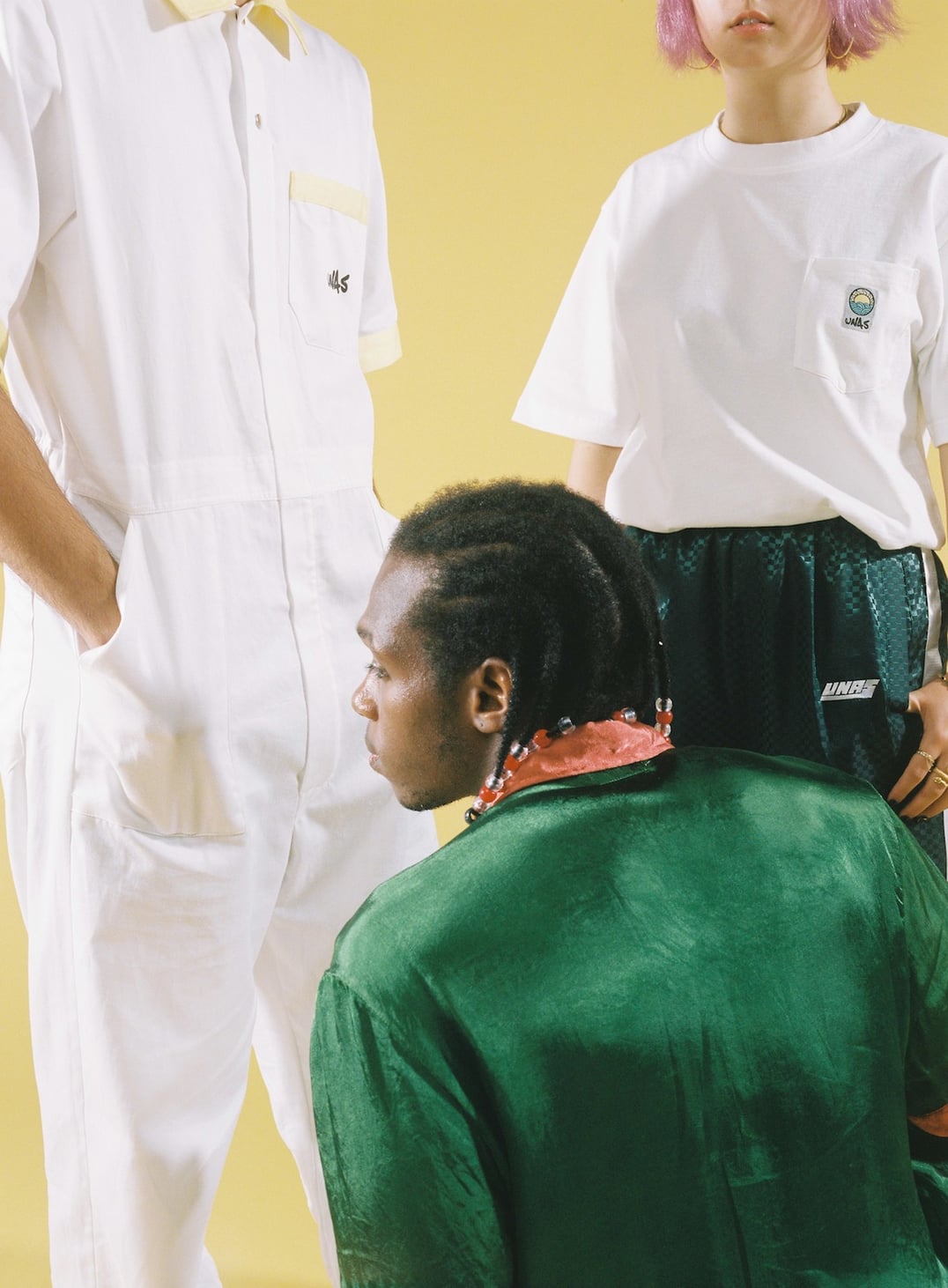
“It is important to be aware that building a streetwear brand in Tokyo means you are among hundreds of other brands such as yours. That alone encourages us to work harder and add diversity to the industry,” says co-founder Yazeed.
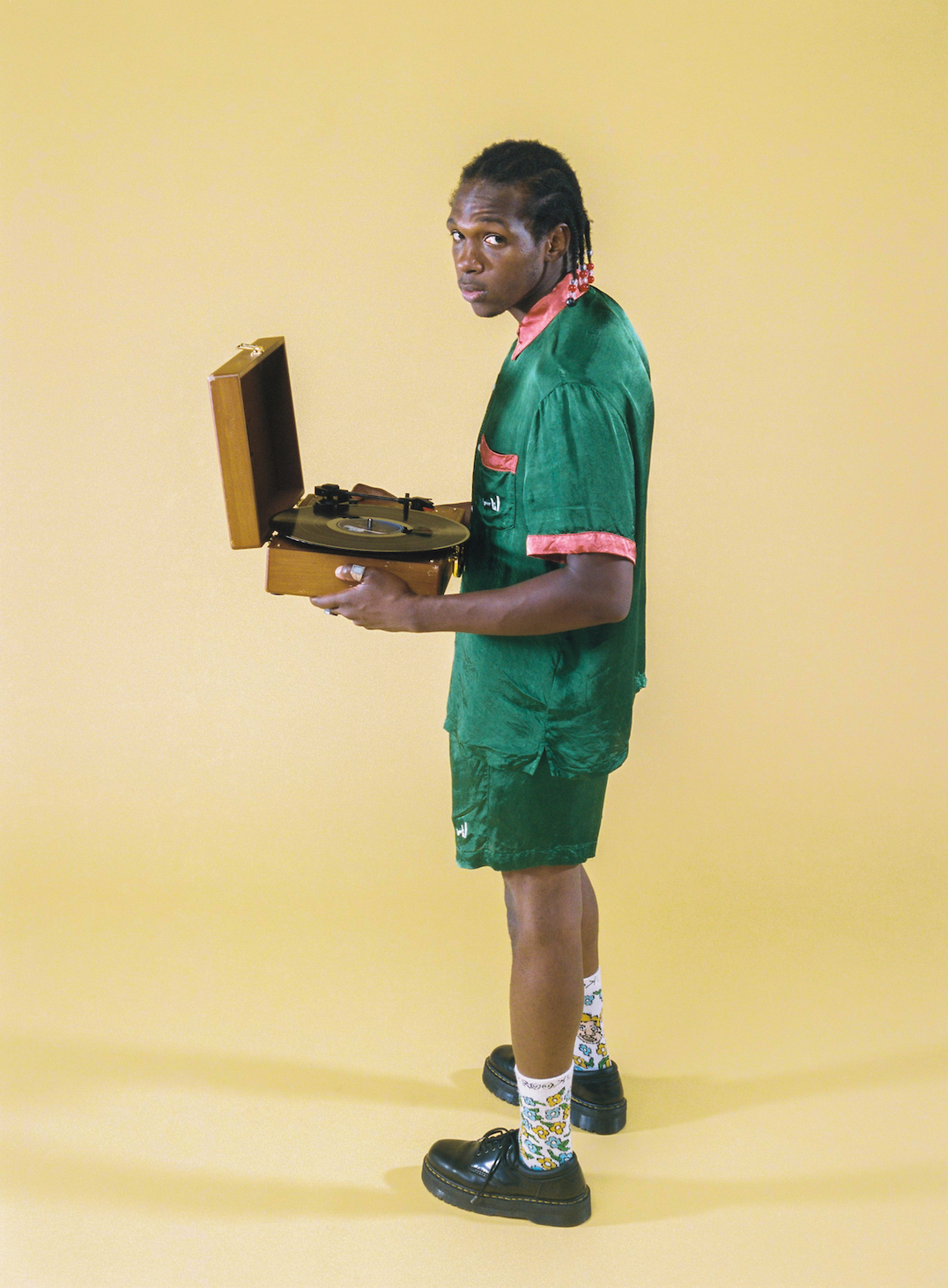
By highlighting the importance of self-expression and diversity in the industry, foreign fashion entrepreneurs are challenging the Japanese fashion formula and creatives who understand the industry and its power for aesthetics and cultural consciousness are gaining influence. Since living in Tokyo, Davis has collaborated with creators, artists and brands from across the board. He is currently working on his winter release.
“2020 taught me a creation can be born by getting brilliant people involved through a powerful, meaningful intent,” says Davis. “I see myself in the future building an intersection between the fashion industry and sustainable development, and make 2021 a year for collaborations, and a ‘Superior’ mindset.”

